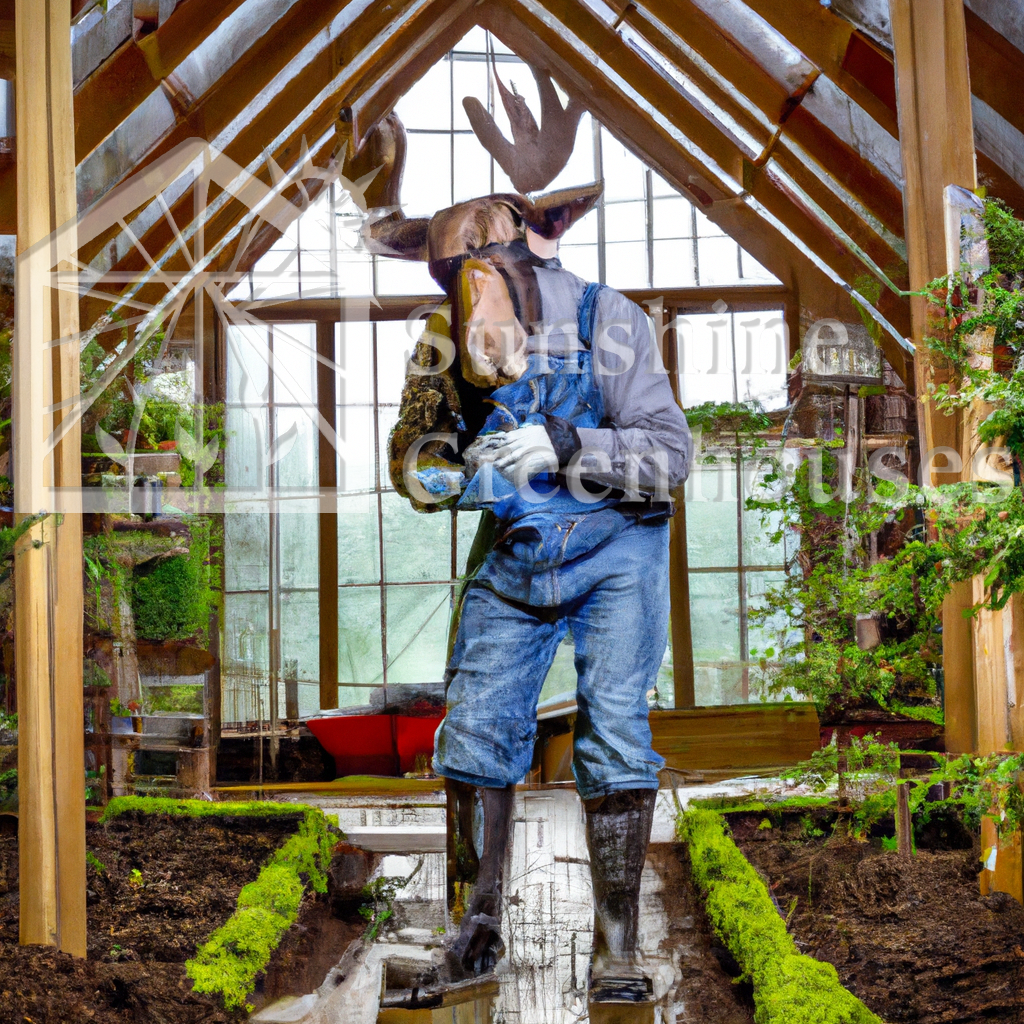Greenhouse plants in containers depend on you to water their soil so that they will grow and thrive. How you water, when you water and various other things such as humidity and moisture will come into play when you are raising plants, vegetables and flowers in the greenhouse. For the container plants in the greenhouse, light is one of the most important factors in successful growth, but watering is just as important as your plants start to take off and produce.
Because your roots in the container only have a limited space that they can grow and get moisture from, you will need to learn when a soil is dry and when a soil still feels moist. Plants in a container that are too dry will often get sick and die. Plants that are in the ground during a drought are stressed but will seek out some type of moisture deeper in the ground for survival. For established plants, it is important when watering plants that you water them until the water flows through and escapes through the bottom of the pot. This saturates the soil, wets all the roots, and the plant has time to absorb water from the soil as the soil is all wet. When a plant is not established, when it has very little roots, watering the soil just a bit, but more often is going to satisfy this type of plant more often. You will know when a plant is established, when the top growth of the plant is more obvious, and the plant is nearing maturity. If you look at plants on the web, on the seed packet or in books, you can tell when plant is nearing maturity and when it is just a seedling requiring special care.
If you don’t have to time to water your plants all the time, or if you are often known to forget about watering your plants, using a self watering pot is going to save your plant from your forgetfulness and give them enough water so that they can fully thrive. The water at the bottom of the pot is going to give the roots the water that they need to support the plant. You can’t use this method on plants that are not established, without the long roots, but the plants that have the water seeking roots are able to reach the water with little or no problem at all.
Another important fact about watering your plants is that you should use water that is pure. For example, if you live in the city or in town, and there are high amounts of chlorine added to the water, this can be very harmful to your plants. Other water that contains high amounts of salts, calcium, and magnesium can often harm your plants as well. If you find that your plants have spots, are turning brown, and if the leaves are falling off, and you can’t find any other source of the damage, it could very well be your water.

